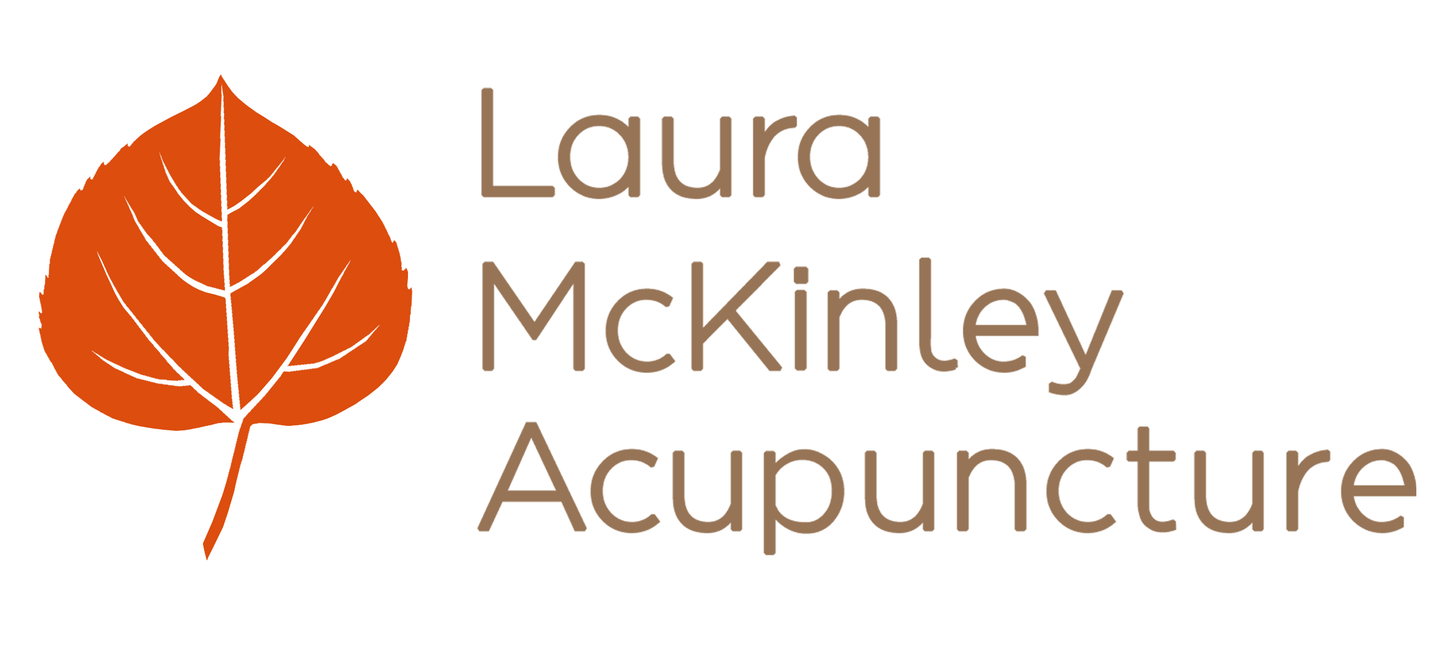Laura Reads Labels, Part 2: Fat & Cholesterol
/You've probably heard me say it before: "Read your labels. If you can't pronounce something on there, or the list is daunting just to look at, pass on the purchase."
Reading labels aloud is a simple trick to minimize your exposure to highly processed foods. In fact, label-less foods like fresh produce, grass-fed meats, free-range poultry, and wild-caught fish are our best sources of the varied, high-quality nutrients your body needs to build good qi, or energy. People have all sorts of opinions on processed foods and their effects (or lack thereof) on our health. Without diving into that debate, let's start at building block # 1. If you are purchasing food with a label - do you really know how to read it?
Total Fat
- Total fat isn't quite as straightforward as it sounds. Yes, this part of the label reveals to us the total amount of fat present, but it fails to tell us what kind of fat is in the product (see the Saturated Fat and Unsaturated Fat sections for details).
- Fats are a key part of your diet. Fats not only provide insulation and stabilize your organs, they are essential for the assimilation of fat-soluble vitamins like vitamins A, D, E, and K. That's right, these vitamins will not be absorbed from your healthy food choices if you are not consuming fat. Instead of reaching for "non-fat" items in the grocery, turn your discerning eye to what kinds of fat are present: opt for foods with a high proportion of unsaturated fats, and avoid those with hydrogenated fats.
- Aim for about 15-25% of your diet to derive from fats. Remember that whole foods (i.e. unlabeled foods) containing fat are a great option.
Saturated Fat
- Saturated fats are solid at room temperature. A diet high in saturated fats has been linked to increased risk of heart disease and stroke, as consumption of saturated fats increases the production of blood cholesterol in the body. There are two types of saturated fats: naturally-occurring saturated fats and synthetically-producted saturated fats.
- "Hydrogenated fats" is another name for synthetically-producted saturated fats and should be strictly avoided. Check the ingredients on the label. If you the words "hydrogenated" or "partially-hydrogenated," do not purchase the item.
- Naturally-occurring saturated fats like those in humanely-raised meats and eggs are a good addition to your diet when eaten in moderation.
- To find out how many calories in any given item are derived from saturated fats, multiple the number of saturated fat grams on the label by 9 (e.g. 3g of saturated fat = 27 calories from saturated fat).
Unsaturated Fat
- The first thing to remember about this part of the label is that it is voluntarily reported: manufacturers do not have to include unsaturated fat amounts on a label. That said, let's talk about the two types of unsaturated fats: monounsaturated and polyunsaturated.
- Examples of monounsaturated fats are olive oil, peanut oil, and canola oil. Examples of polyunsaturated fats are soybean oil, corn oil, and flaxseed. Note that unlike saturated fats, unsaturated fats are liquid at room temperature.
- In general, unsaturated fats are less linked to heart disease and stroke. However, they turn rancid more easily than saturated fats. Polyunsaturated fats in particular are susceptible to deterioration. That doesn't mean you should avoid polyunsaturated fats - they contain the essential fatty acids that our bodies do not produce, known as linoleic acid and alpha-linoleic acid. These fatty acids support the body's hormonal regulation through the thyroid and adrenals, help to transport and break down cholesterol, and promote healthy skin and hair.
Cholesterol
- Cholesterol is not "bad" or "good." There are two types of cholesterol in the body, and we need both of them. They are known as High-Density-Lipoproteins (HDLs) and Low-Density-Lipoproteins (LDLs). Cholesterol is an essential part of your diet, enabling your brain, liver, and hormonal systems to function properly.
- Lipoproteins carry cholesterol around our body. LDLs carry fat and cholesterol to cells throughout the body. However, if oxidized LDL levels are high, LDLs will deposit on blood vessel walls, forming plaque buildup. HDLs scavenge our bloodstream and find deposits of LDLs, and take them back to the liver for processing.
- When it comes to consumption of cholesterol, you have to go back and look at what type of fat you're consuming in relation to cholesterol intake. Monounsaturated fats reduce LDLs and do not affect HDL levels in the blood. Polyunsaturated fats also reduce LDLs, but they also decrease HDLs by the same amount.
Looking for other installments of Laura Reads Labels? Check out Part 1 to learn the basics of label reading, and dive into Part 3 to cover sodium, carbohydrates, and protein.


